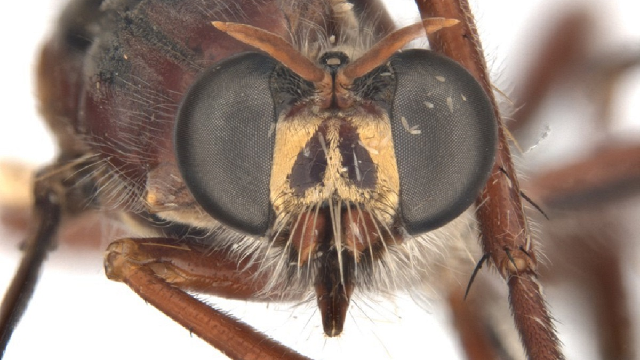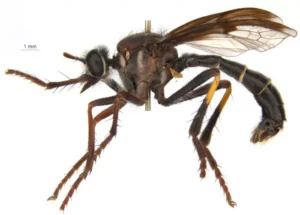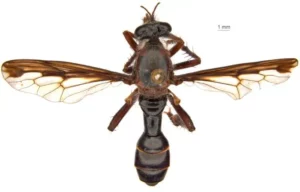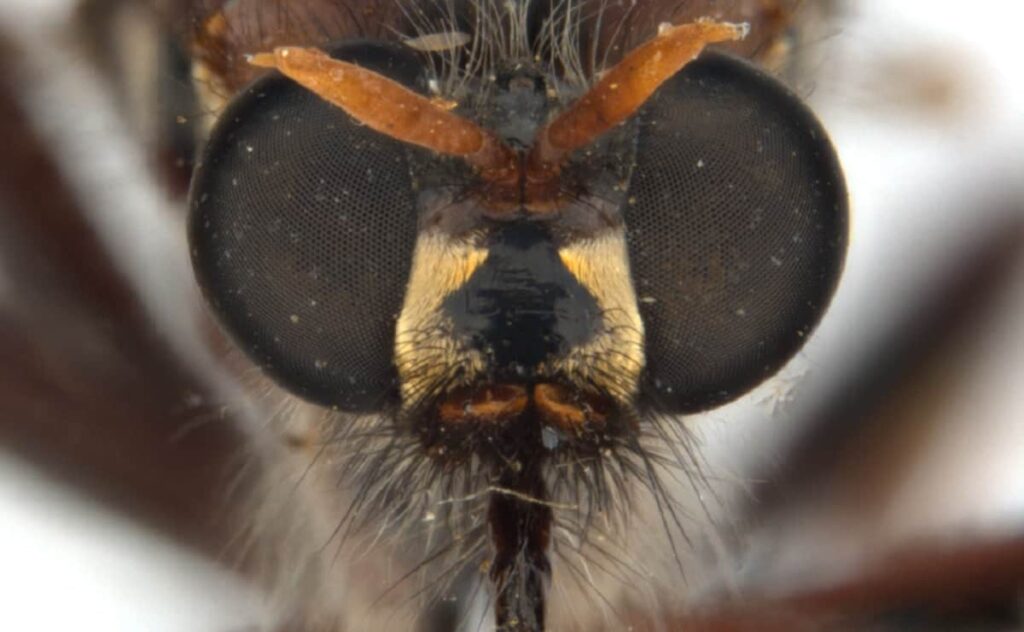CSIRO turns to heroes in this year’s list of newly named species.
Show students the fun had by scientists when naming new species but also why species’ names are important in engaging society in scientists’ work. This article is best suited to year 7 and 9 Biology students who are studying the classification of species.
Word Count: 316

CSIRO has released its annual list of newly named species and this time it’s paying homage to the good guys.
After last year’s tribute to Game of Thrones villain Night King, the fantasy loving scientists have turned to a bit of comic book hero worship from the Marvel universe.

First cab off the rank is Stan Lee’s fly, Daptolestes leei, which shares his characteristic sunglasses and white moustache.
Next up is Daptolestes bronteflavus, which means blonde thunder – and we’ll give you one guess who this fly was named after.
As Marvel fans know, there is no Thor without his brother trying to steal his limelight. With Loki in mind, they named a species of robber fly Daptolestes illusiolautus, meaning elegant deception.

Black Widow’s fly was named after the character’s iconic outfit, Daptolestes feminategus, meaning woman wearing leather.
Last, but by no means least, is Deadpool’s fly, Humorolethalis sergius. The character himself would no doubt be pleased to know the name comes from the Latin words for moist and dead. The fly also shares the red and black mask markings on his back.

In total the scientists gave names to 162 new species – 151 insects, eight plants, two fish and one mite – and three subspecies of birds.
While the superheroes rely on their Asgardian powers, super-speed or fighting skills, Bryan Lessard from CSIRO says naming new species is an important superpower in itself – and can help solve many of the world’s challenges.
“We named two new species of colourful soldier flies from recently burned national parks. These species are found nowhere else in the world,” he says.
“Soldier flies have an important role in nature as nutrient recyclers. Losing such species could have knock-on effects in ecosystems and food chain,” he says.
“We are interested in identifying new insect species that might be useful pollinators, nutrient recyclers or the next food source to support the agricultural sector.”

This article is originally published by Cosmos as These new species are things to Marvel at.
Login or Sign up for FREE to download a copy of the full teacher resource





